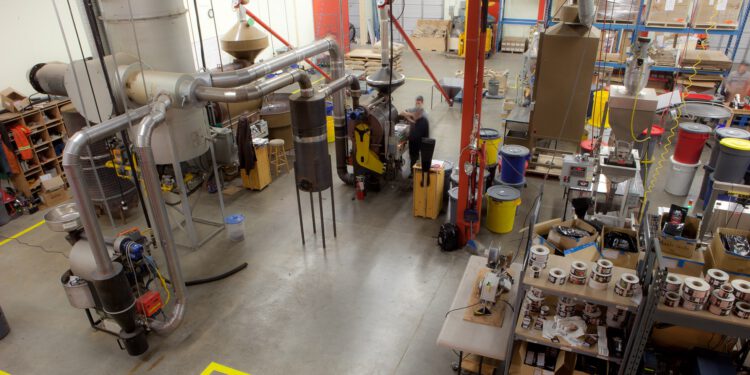A professor at the University of Maryland and his students have created RoboSAM, a robot that asks humans for help when it needs it.
One of the skills of an intelligent person is his ability to ask for help when you need it. There are still many shortcomings in artificial intelligence systems and this capability is one of them. This is especially noticeable in the robots that form the production lines, whose task is repetitive. If one of them finds it difficult to carry out his work, he will continue to do so in spite of everything, which may lead to the result not being as expected or to it simply being blocked.
Due to circumstances of this kind, an entire production chain can be stopped. A robot asking for help could solve this problem and contribute to cost savings in the long run, considering that any such incidence in the chain tends to magnify. Professor S. K. Gupta of the University of Maryland in Washington and his students have developed a robot capable of recognizing when to ask someone for help.
In this way it is intended to prevent the robot from being blocked or performing poorly with its task. RoboSAM, the machine, an acronym that hides ‘Robotic Smart Assistant for Manufacturing’) is based on the Baxter robotics industrial platform, an environment that is not only intended for companies but for laboratories of academic institutions, for experimentation.
RoboSAM estimates the probability that he will be able to accomplish a task before starting it. If he thinks there’s little chance he can do it, ask for human assistance.. Your system allows you to call a person to come and help the machine. If you have to pick up an object from a box with your tweezers, but it is buried and difficult to distinguish, the robot will make the call.
In the eventuality the person goes to tell the machine how to operate. The human assistant studies the problem and dictates a series of commands to the machine to perform its task correctly. In this case he could instruct RoboSAM to first set aside the other things before rushing to grab the desired piece.
The creators of RoboSAM think that their robot could contribute to the improvement of the economic model that currently drives the deployment of robotsespecially in small and medium-sized enterprises. In this case the losses that can occur in a factory are more difficult for the company to bear, because of its lower production capacity.
Image: Kris Krug









